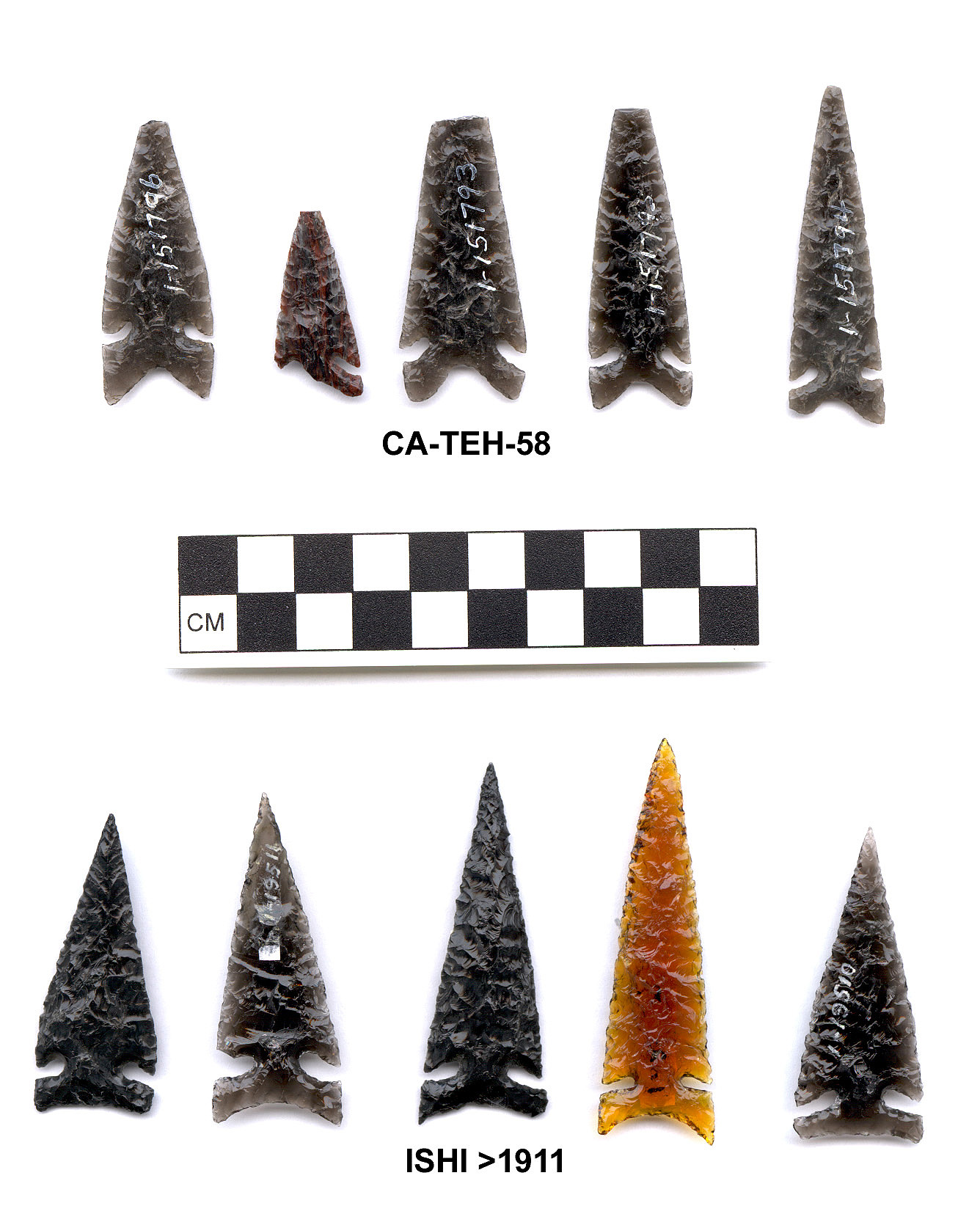I am going to try my hand a flint knapping. I live in a city so cant get flint very easily, i will eventually buy some online but want to try it first with glass, as i have read that it has very similar properties to flint, and it is cheap and readily available. When i move onto working flint i would ideally use traditional tools - antler flakers and hammer stones - the question is will these tools be suitable for working glass or would a copper tipped pressure flaker be more suitable?
Also how do copper tipped pressure flakers compare with antler tools when working flint? Are they better/easier to use?
Chers Al
Also how do copper tipped pressure flakers compare with antler tools when working flint? Are they better/easier to use?
Chers Al

